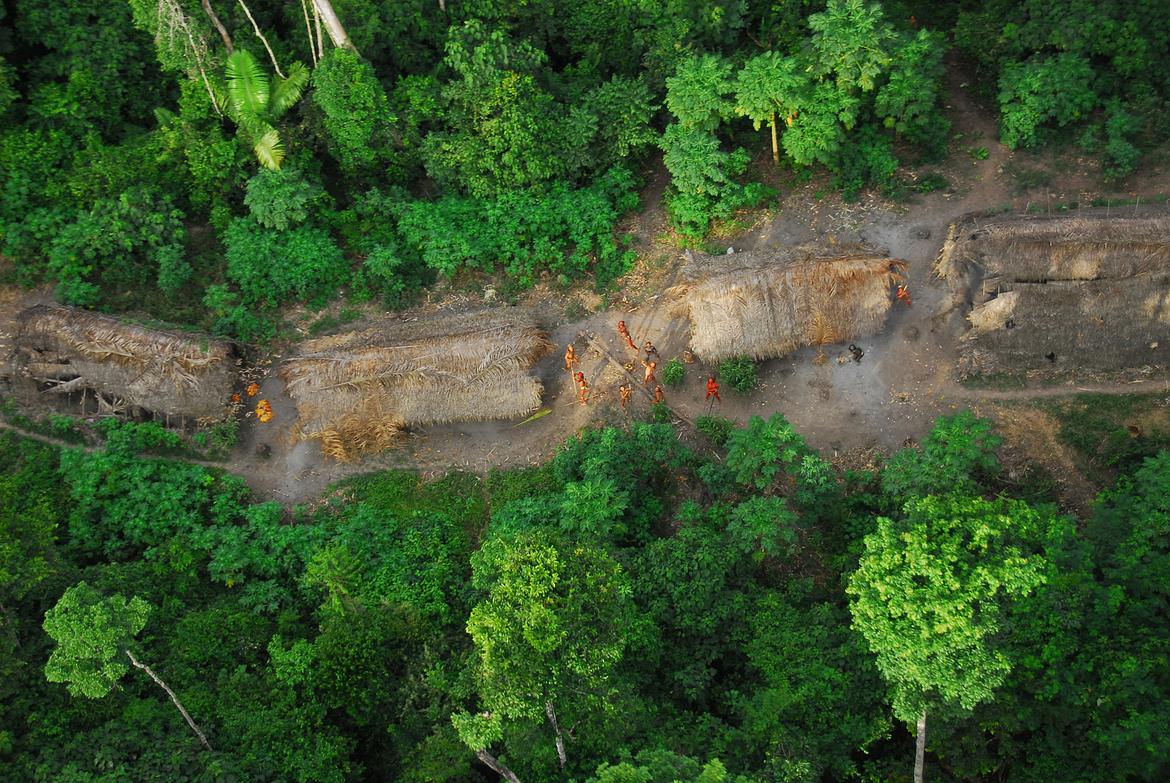In pictures
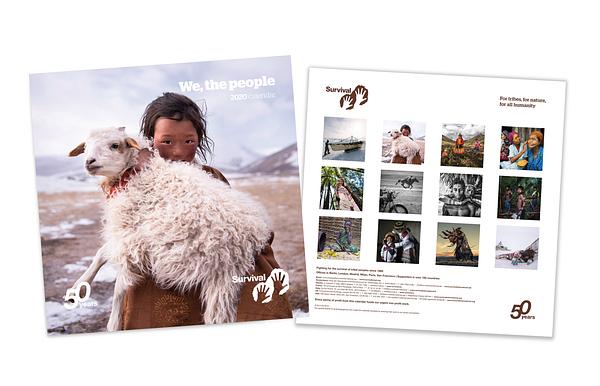
“We, the People” 2020 Calendar
Discover a new tribal portrait each month with the Survival International “We...
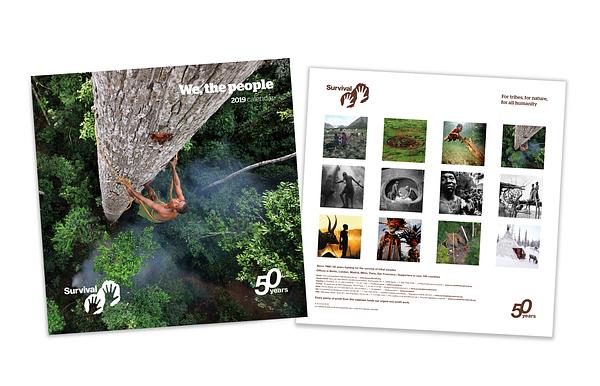
“We, the People” 2019 - The 50th anniversary Calendar
Our “We, The People” 50th Anniversary Calendar features stunning portraits of...
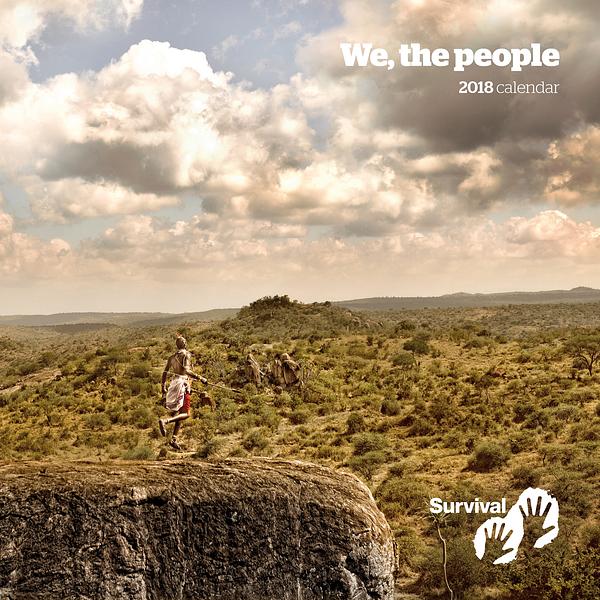
"We, the People" 2018 Calendar
Discover a new tribal portrait each month with the Survival International "We...
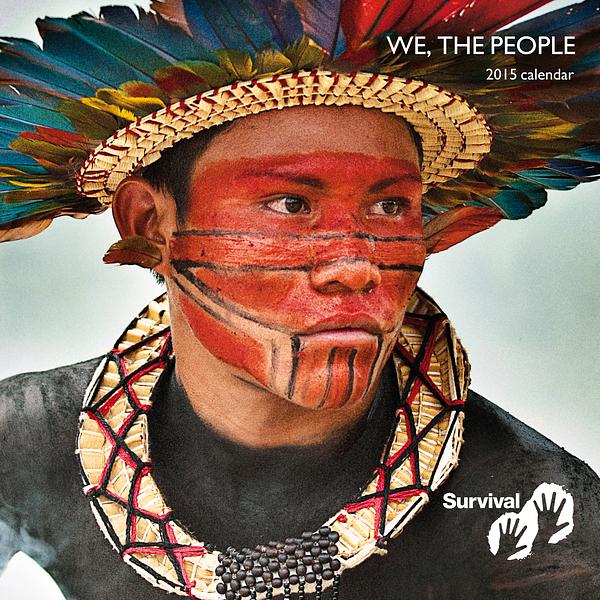
"We, the People" 2015 Calendar
In 2014, Survival International, the global movement for tribal peoples’ righ...
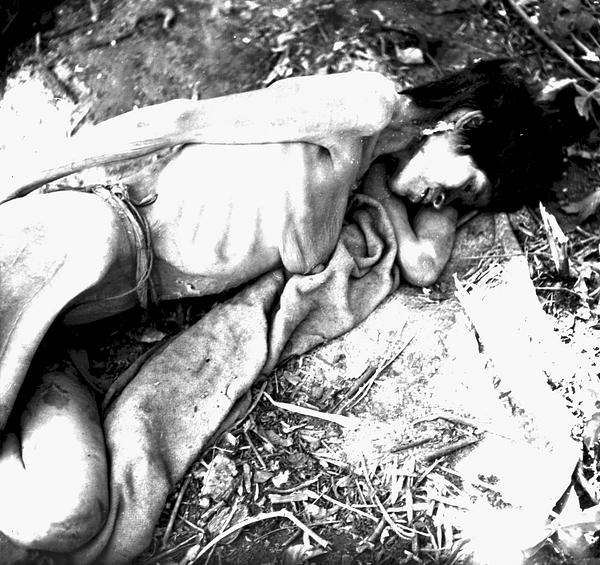
Faces of Genocide
To mark Columbus Day, Survival International reveals current and recent cases...
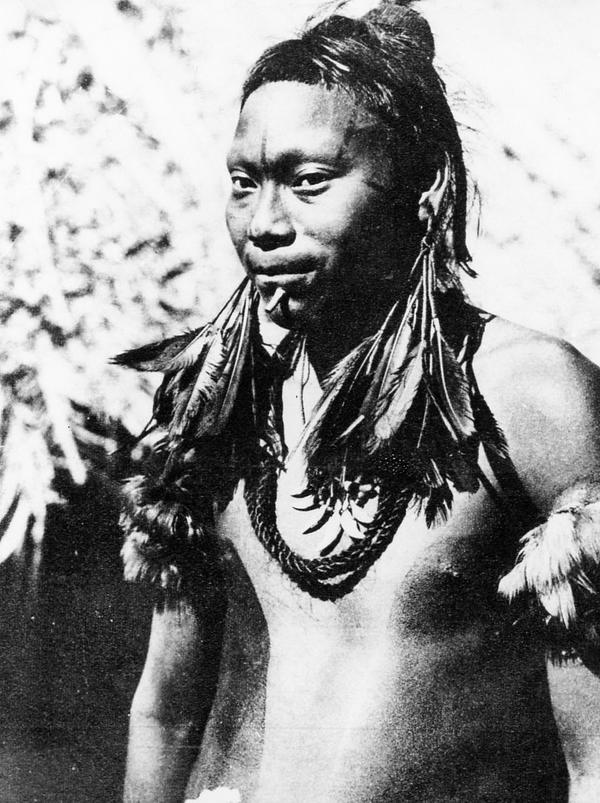
Brazil's Tribes
There are around 240 indigenous tribes in Brazil today, from the savannahs an...
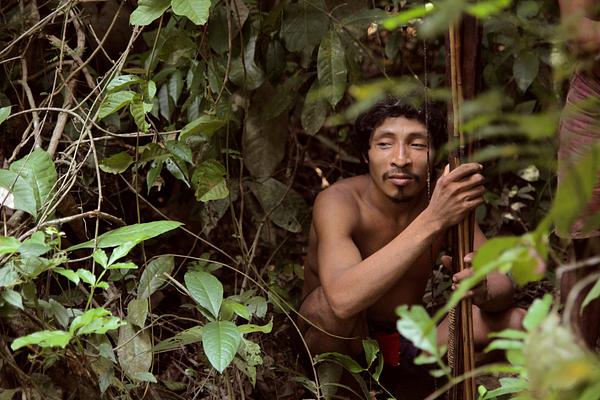
Operation Awá
After Survival's global campaign to save the Awá from extinction, the Brazili...
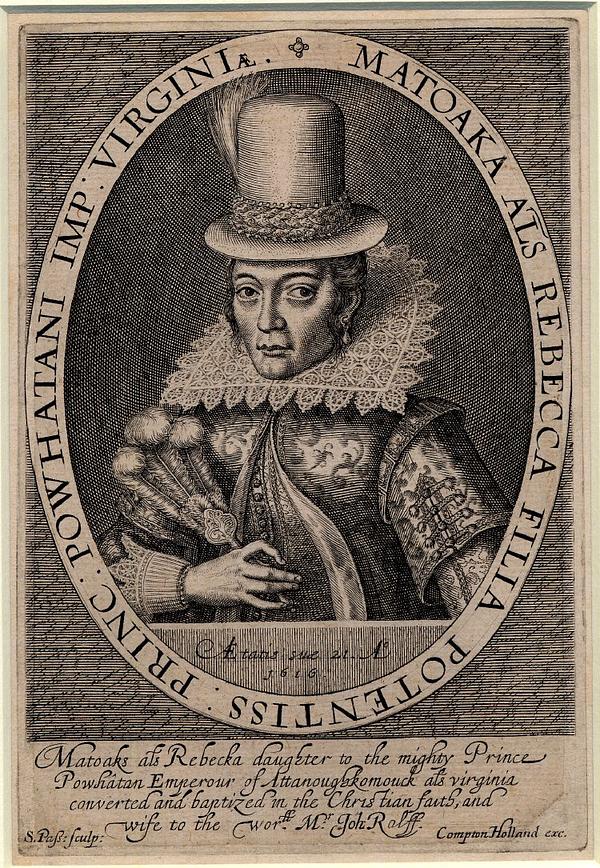
Tribal Heroines
On International Women's Day, Survival International profiles the lives and s...
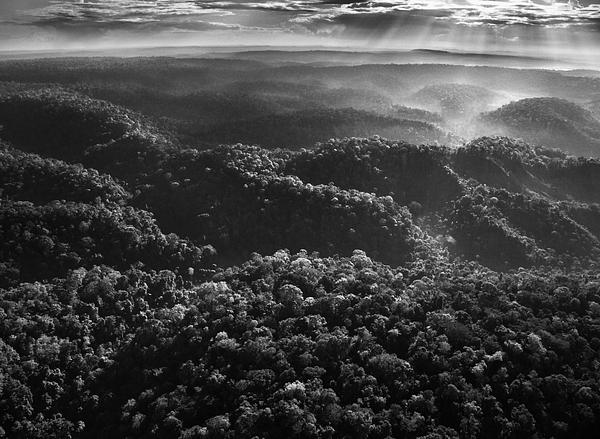
The Awá: Sebastião Salgado's gallery
Survival International continues its high-profile campaign for the Awá, by co...
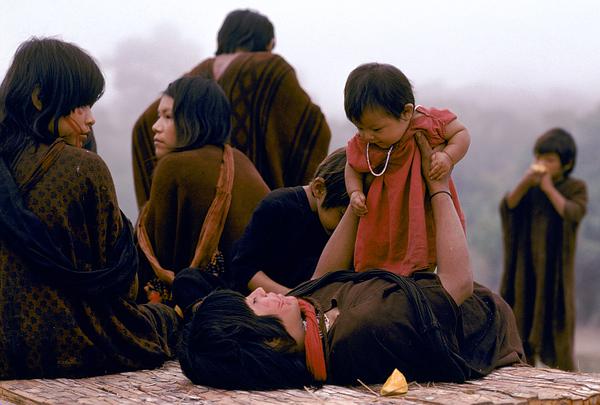
Universal Children's Day
To mark Universal Children's Day on November 20, Survival International publi...
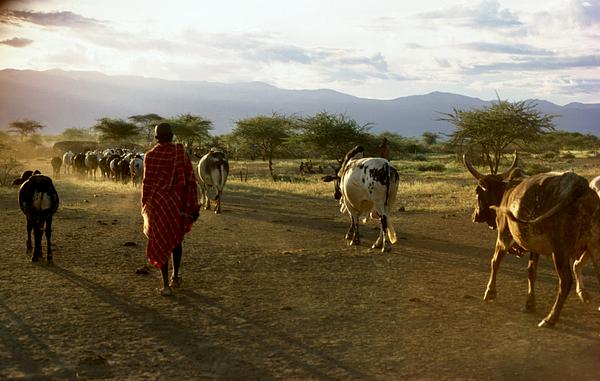
Maasai
Carol Beckwith and Angela Fisher have been photographing African tribes for t...
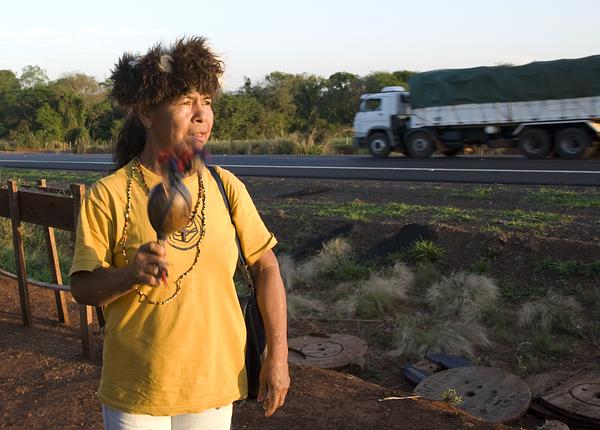
Refugees in our own country
In September 2013, the female chief of a Guarani community led her community ...
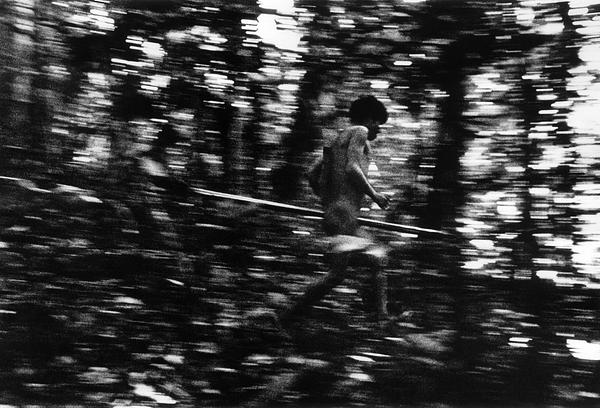
The Hunt
Who are the world's hunter-gatherers? Where do they live and what threats do...
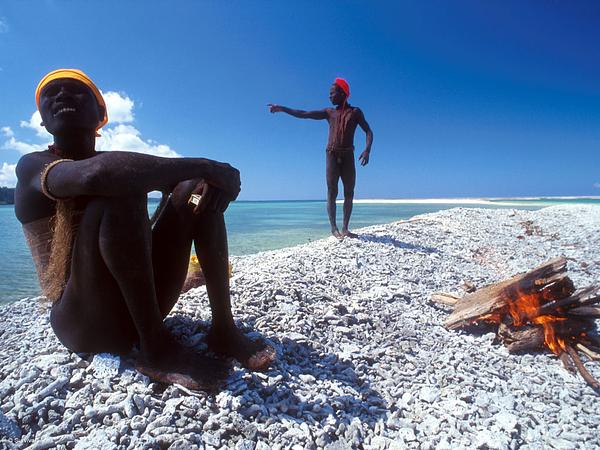
Ingenious skills of tribal peoples
From the hunting peoples of Canada to the hunter-gatherers of Africa, tribal ...
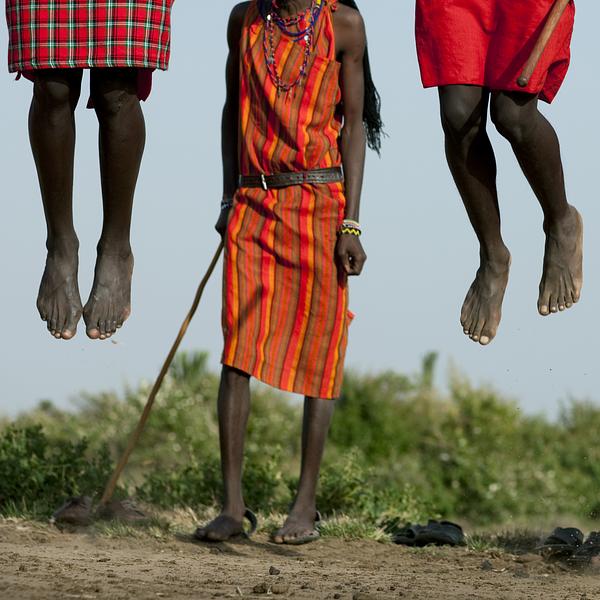
Festivals
As global monoculture erodes cultural diversity, the variety of tribal festiv...
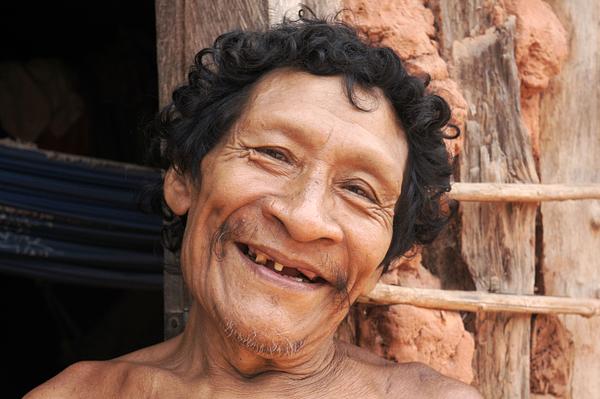
Fathers' Day
'This is my Father's Father's Father's land,' said a Bushman of his home in B...
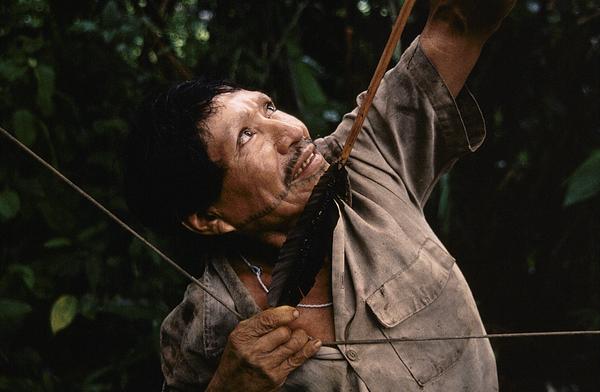
The Matsés
The Matsés know no borders. For them, the land which stretches across Brazili...
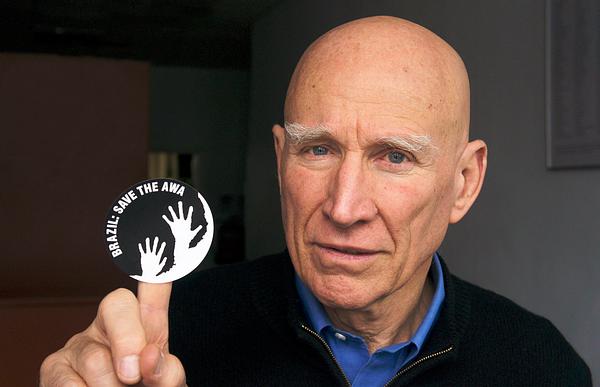
Celebrities supporting the Awá
Who's speaking up for "Earth's most threatened tribe":/awa? Get creative t...
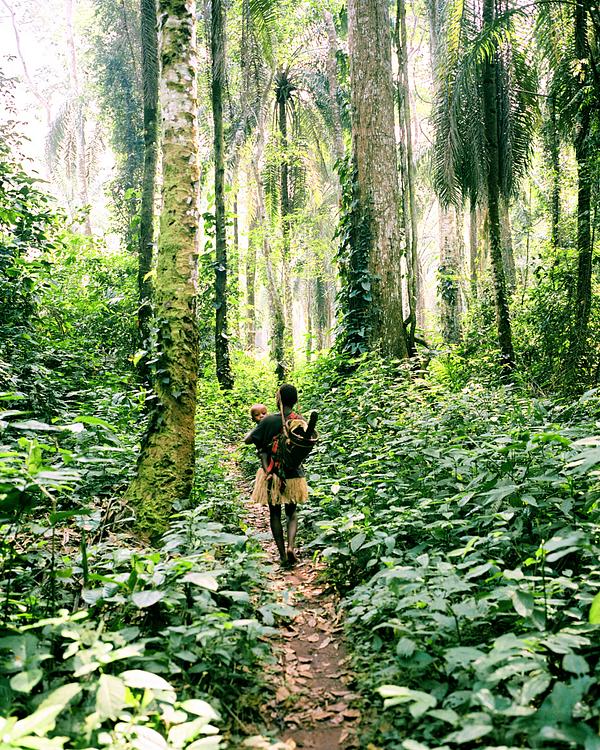
'Mother'
The words 'Aiya', 'Ngu' and 'Anaanak' have the same meaning in different trib...

Tribal Heroines
On International Women's Day, Survival International profiles the stories of ...
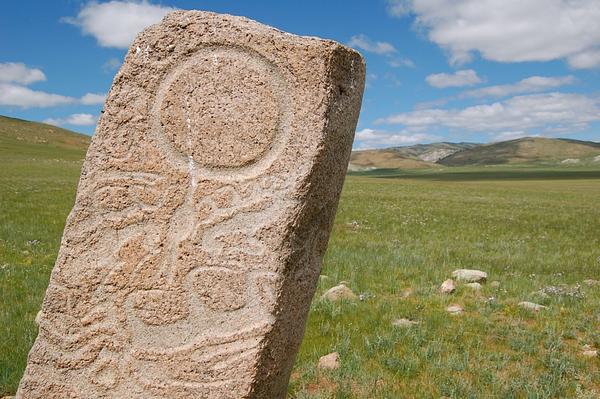
People of the Reindeer
Survival International has campaigned for the rights of reindeer herding trib...
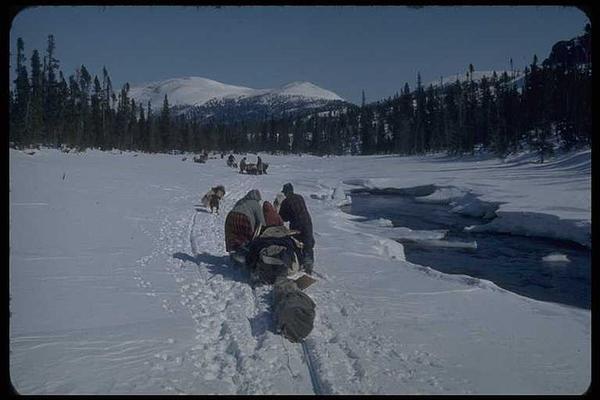
We didn't know about sugar in the blood
On World Diabetes Day, Survival examines the causes behind the escalating rat...
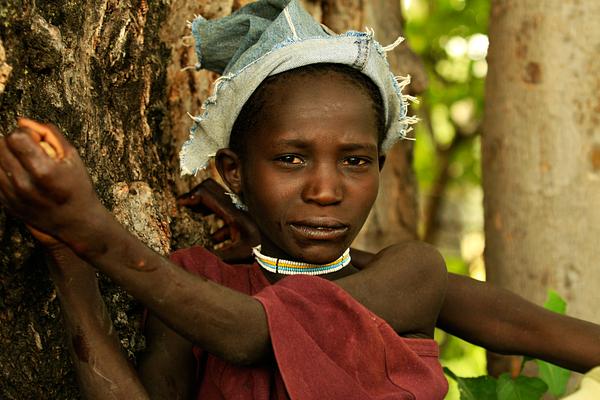
The Hadza
Just south of the Equator, between the soda waters of Tanzania's Lake Eyasi a...
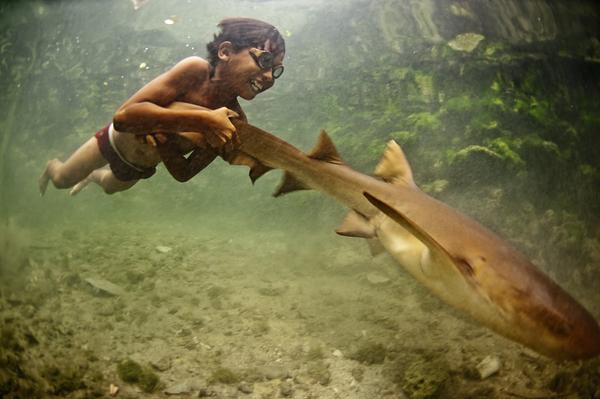
Tribal Olympians
Survival reveals some of the astonishing skills of the world's tribal peoples...
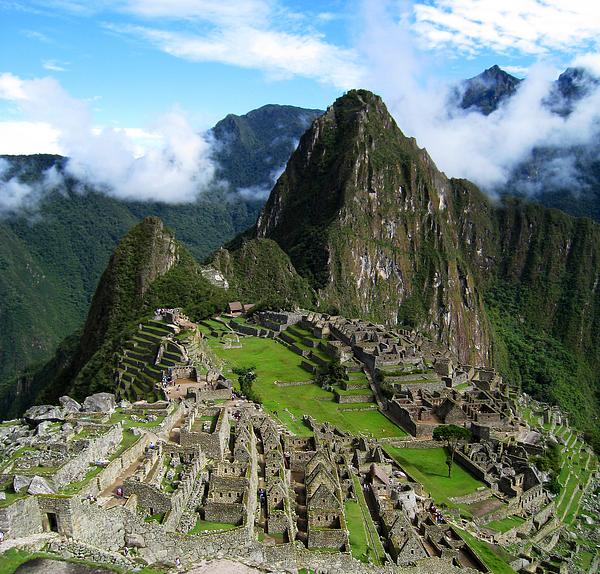
Peru's uncontacted tribes threatened by gas project
They live no more than 100 kms from Machu Picchu. Today, however, the future ...
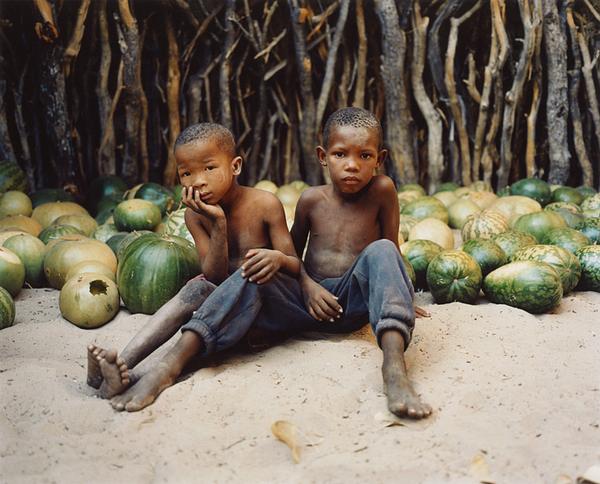
We are inside it, and it is inside us
Tribal societies depend on their environments. To mark the UN conference on s...

Nitassinan: walking in the footsteps of Innu ancestors
Survival International joins a group of Innu walkers on a journey across thei...
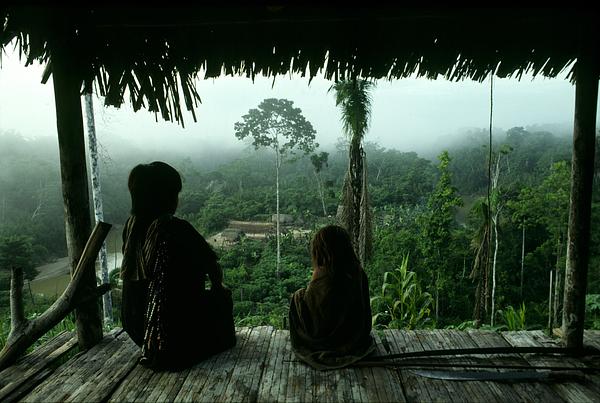
The Ashaninka
The Ashaninka of Acre state, Brazil, have recently reported encountering doze...

Fishermen of Amazonia
The state government of Mato Grosso in Brazil is building a series of dams on...
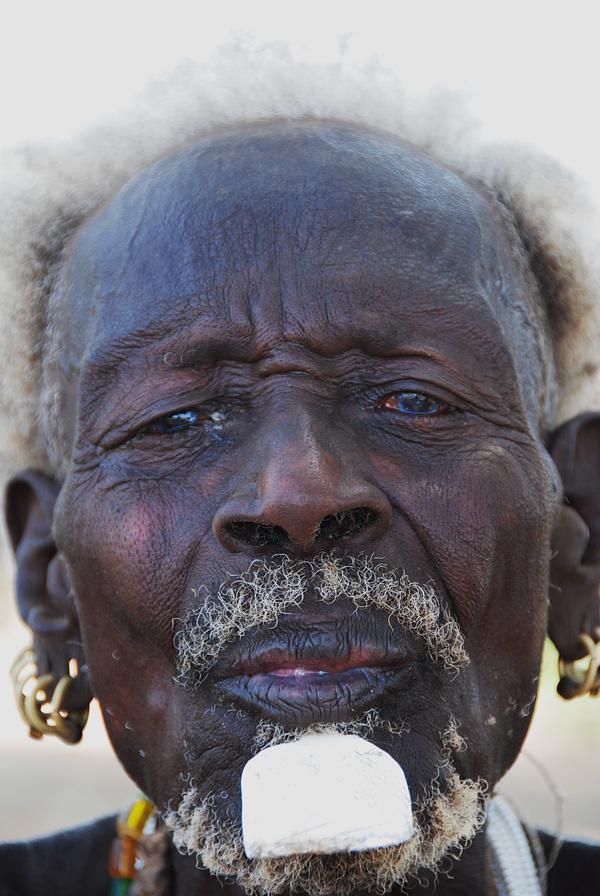
Voices from the Lower Omo Valley
The ancestral homes of Ethiopia's Omo river tribespeople are being destroyed ...
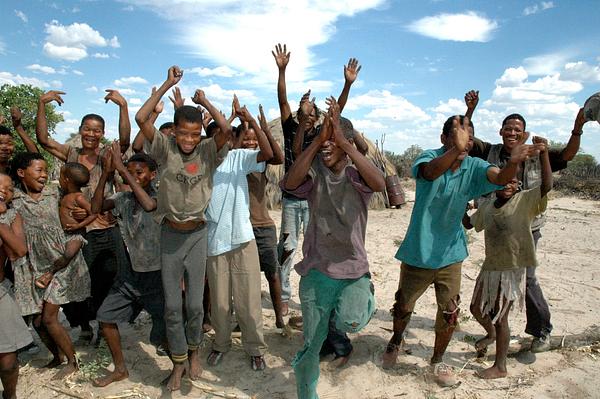
'Today we are crying with happiness'
A celebration of the Bushmen's historic court victory against their expulsion...
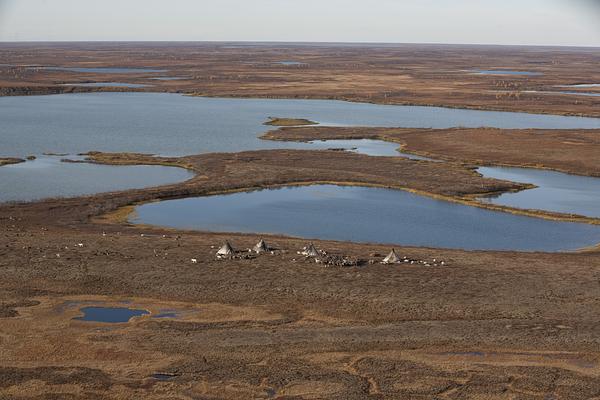
The Nenets of Siberia
The Nenets of Siberia have migrated across their lands for thousands of years...
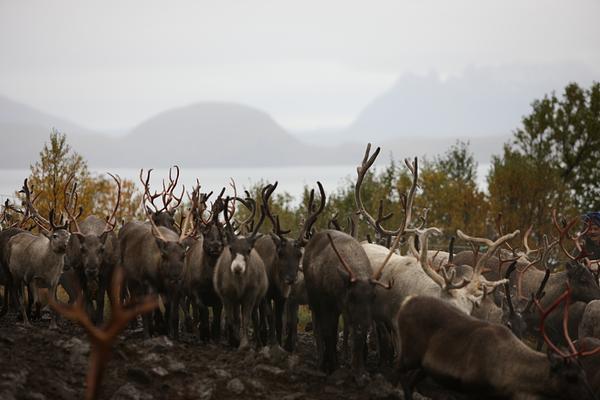
'Our souls touch': Sámi reindeer herders
The Sámi are the indigenous reindeer herders of Scandinavia. These stunning p...

Guardians of the world's rainforests
_It breathes, though you don't notice it_, says Davi Kopenawa of his Amazon h...

'We are here for our children'
From the green depths of the Amazon to the icy reaches of the Arctic, childre...
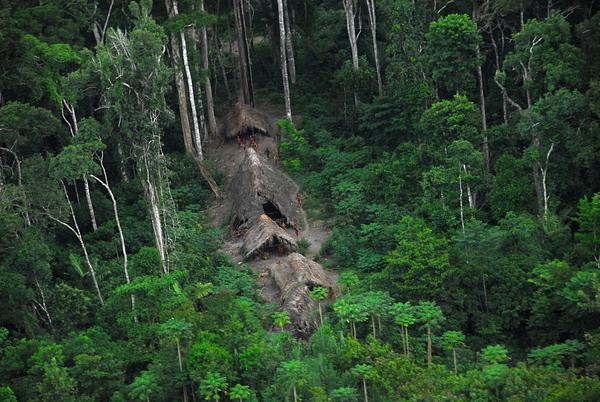
Nine facts for 9 August: UN Indigenous Day
Celebrate the UN Day of indigenous peoples with this special gallery – nine l...
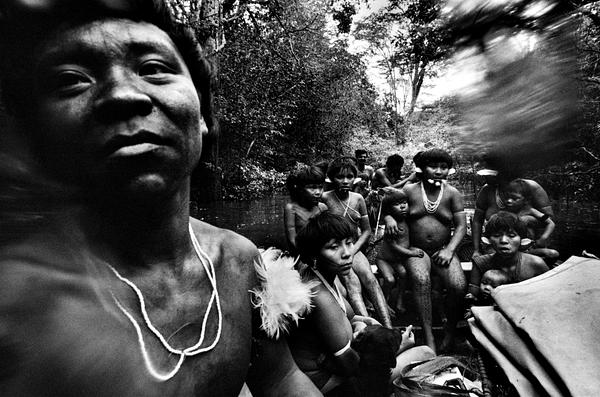
'We learn with the great spirits'
For the Yanomami of the Brazilian Amazon, the spirit world is a fundamental p...
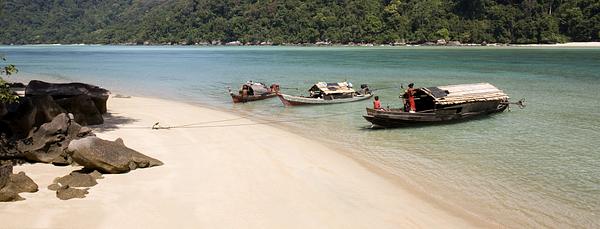
'The ocean is our universe'
_'Everything happens at sea. We are not people who are bound to any land.'_ ...
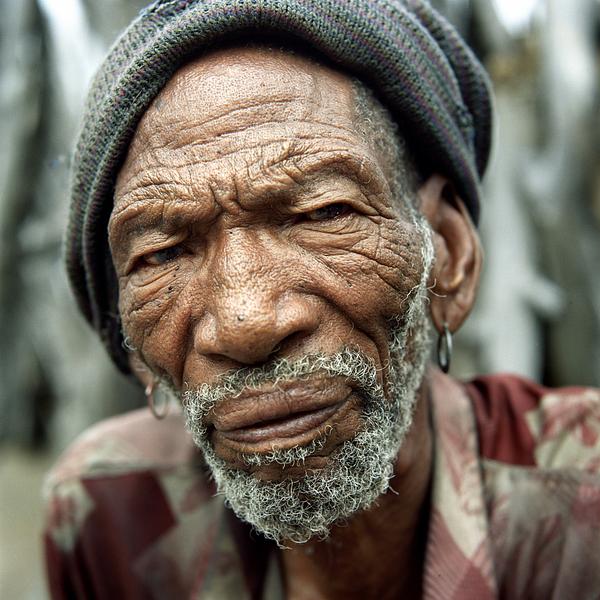
'We were made the same as the sand'
In 2006, photo-journalist Dominick Tyler spent time in a Bushman relocation c...
